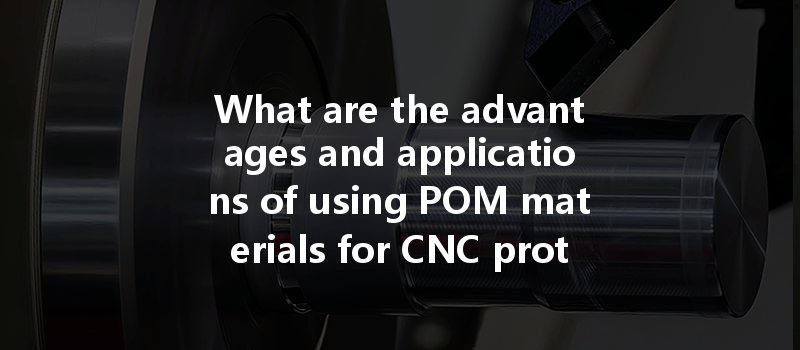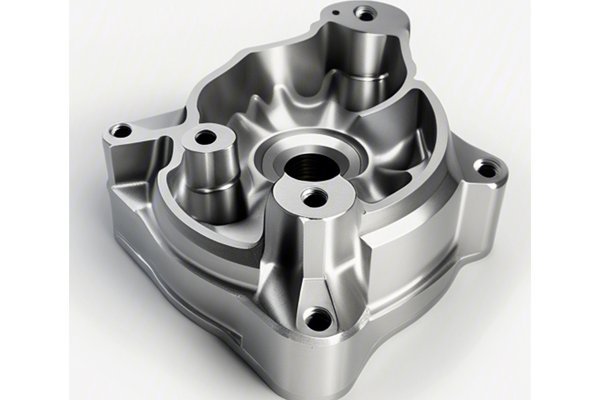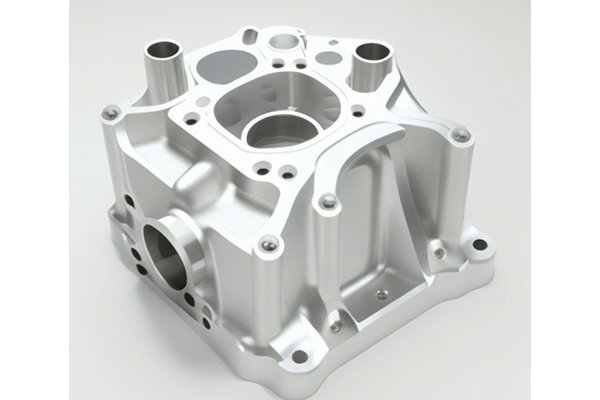—
In this extensive blog, we will navigate through the characteristics, benefits, applications, and the role of POM in CNC machining. By the end, you’ll understand why incorporating POM into your machining process could elevate your projects to new heights.
—
Section 1: What is POM?
1.1 Overview of POM
Polyoxymethylene, or POM, is a high-performance engineering thermoplastic known for its exceptional mechanical properties. This material boasts a molecular structure that provides it with incredible strength, rigidity, and dimensional stability. Notably, POM can be used in both natural and colored forms, making it versatile for various applications.
1.2 Chemical Properties
POM is characterized by its excellent resistance to wear and tear, low friction coefficients, and high thermal stability. These properties stem from its crystalline structure and how the polymer chains are arranged. The result is a material that can endure both high-stress environments and significant temperature fluctuations.
—
Section 2: Advantages of POM in CNC Machining
2.1 Mechanical Strength and Durability
POM provides superior mechanical properties compared to many other plastics. In CNC machining, this translates to high strength, making machined parts reliable in demanding applications. This durability minimizes the need for frequent parts replacement, leading to long-term cost savings.
2.2 Low Friction Coefficient
One of the standout features of POM is its low friction coefficient, which allows for smoother operation in mechanical applications. Parts made from POM are less likely to wear down quickly, enhancing their lifespan and efficiency.
2.3 Excellent Dimensional Stability
POM is renowned for its low thermal expansion and strong resistance to deformation. In prototyping, this means that parts maintain their shape and specifications across a range of environmental conditions, which is crucial for precision engineering.
2.4 Easily Machinable
CNC machining allows for the creation of complex geometries with precision. POM is easy to machine, allowing for intricate designs without compromising dimensional accuracy. Additionally, the material can be fabricated using various techniques, ranging from milling to turning.
2.5 Versatility Across Industries
From automotive and aerospace to consumer products and medical devices, POM offers versatility that makes it an appealing choice for various applications. Its compatibility with a wide range of processes enhances its value as a prototyping material.
—
Section 3: Applications of POM in Prototyping
3.1 Automotive Applications
In the automotive industry, POM is widely used in gearbox components, fuel systems, and structural applications due to its strength and low weight. CNC prototypes crafted from POM can significantly contribute to innovation in automotive design.
3.2 Aerospace Components
POM’s lightweight characteristics and high strength-to-weight ratio make it ideal for aerospace applications, including interior components and operational mechanisms. Prototyping with POM helps streamline the design process, ensuring functional and efficient parts.
3.3 Consumer Products
From household items to sports equipment, POM is prevalent in the manufacturing of consumer products. Its durability and ease of customization via CNC machining allow designers to create appealing and functional prototypes.

3.4 Medical Devices
When it comes to medical applications, precision is paramount. POM exhibits compatibility with sterilization processes and boasts excellent chemical resistance, making it suitable for surgical instruments and other medical devices.
3.5 Electronics Industry
The electronics sector benefits from POM’s insulating properties and structural integrity. Prototyping housings with POM helps ensure device reliability and longevity.
—
Section 4: Challenges of Using POM in CNC Machining
4.1 Environmental Considerations
While POM has many benefits, it’s essential to consider its environmental impact. As a synthetic polymer, careful disposal and recycling protocols must be observed to minimize waste.
4.2 Cost Implications
While POM is affordable, the overall cost of CNC machining can escalate depending on the complexity of designs. It’s vital to balance quality and cost-effectiveness during the prototyping phase.
4.3 Limitations in Extreme Conditions
While POM performs excellently in many applications, it is not suitable for environments with extreme heat or aggressive chemicals. Understanding the limitations of the material is crucial for ensuring project success.
—
Section 5: How to Optimize CNC Prototyping with POM
5.1 Selecting the Right Grade of POM
The first step in optimizing CNC prototyping with POM is selecting the appropriate grade. POM comes in various formulations—each with specific characteristics that suit different applications. Conduct thorough research to find the grade that aligns with your project’s requirements.
5.2 CNC Machining Techniques
Utilizing advanced CNC techniques, such as high-speed machining and optimized cutting speeds, can enhance the prototyping process. Tailoring the machining parameters based on the specific characteristics of POM leads to better quality and efficiency.
5.3 Post-Processing Techniques
Implementing post-processing techniques can enhance the finish and integrity of POM prototypes. Techniques like sanding, polishing, or surface treatments can improve aesthetics and performance, ensuring that the final product meets industry standards.
5.4 Prototyping Iteration
Utilizing rapid prototyping methodologies can help refine designs more effectively. The ability to quickly create POM prototypes allows designers to test multiple iterations, gathering valuable feedback promptly.
—
Incorporating POM materials into your CNC prototyping process opens doors to a realm of advantages—ranging from durability and machinability to versatility across industries. As product development continues to evolve, the ability to select the right materials becomes paramount. By understanding the benefits and applications of POM, engineers and designers can integrate innovative solutions into their projects, enhancing both design and functionality.
From automotive components to medical devices, the implications of using POM in CNC machining are significant. This blog serves as a crucial resource not only for exploring material advantages but also for addressing the challenges and opportunities that arise within the prototyping process. Remember, informed material selection is not just a step in the process; it’s a cornerstone of successful innovation.
Think ahead. Think POM for your next CNC prototype challenge!
—






